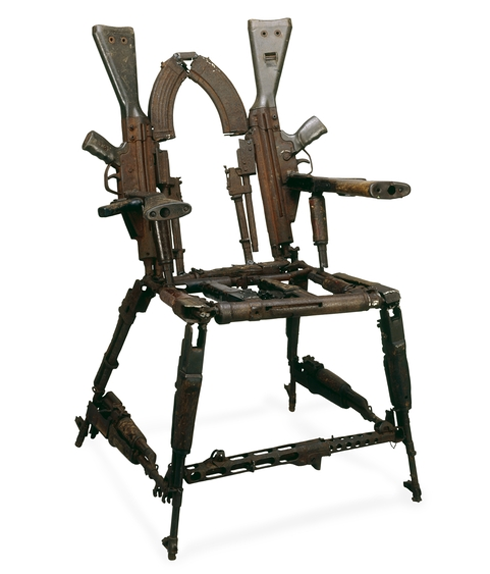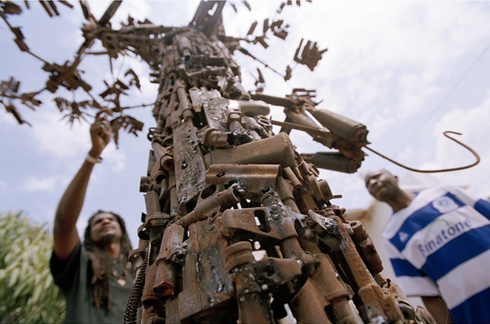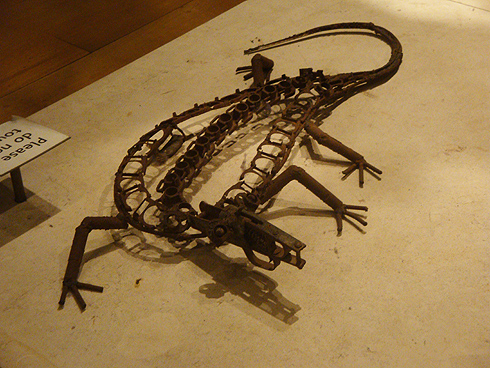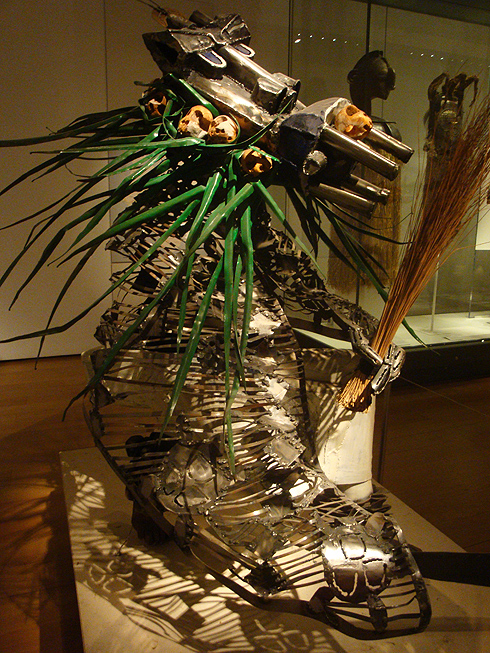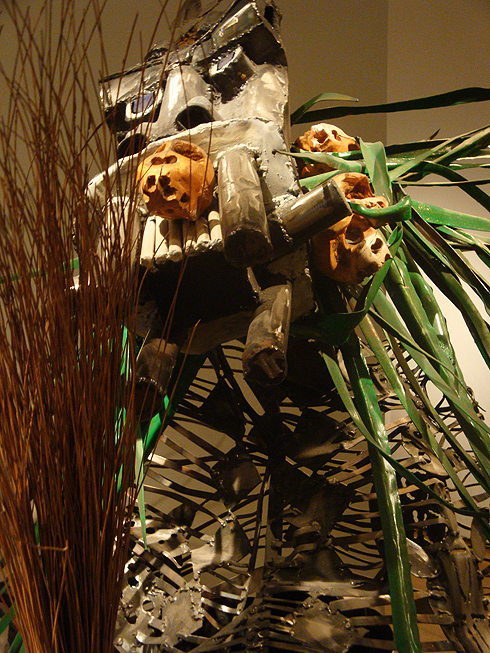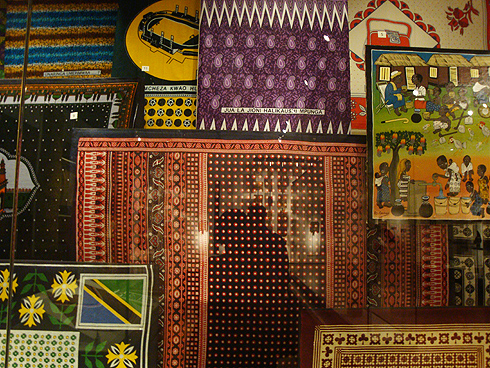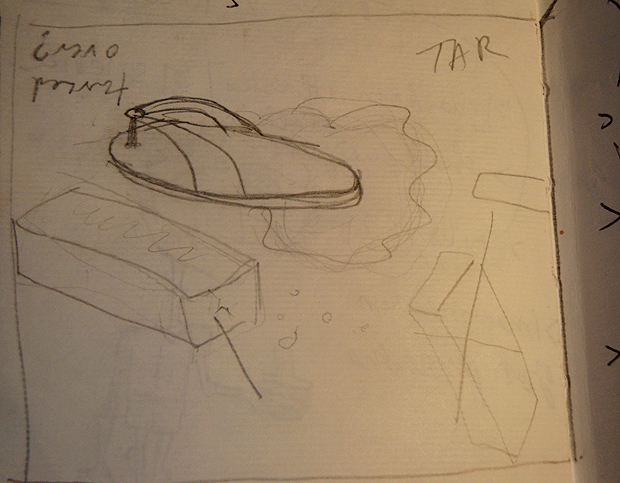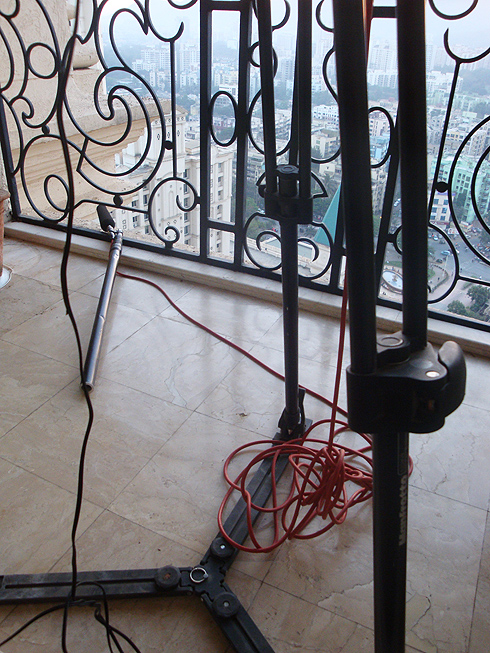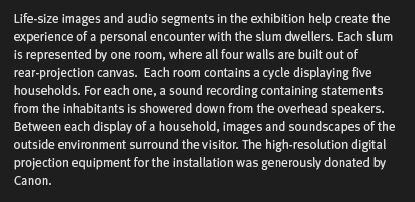Danger of a Single Story
This brilliant TED video by novelist Chimamanda Adichie articulates what I often have to say about Mumbai while here in UK. Namely, yes there is poverty and yes we have slums - but these are proud people who are more than just the anonymous poor.
This brilliant TED video by novelist Chimamanda Adichie articulates what I often have to say about Mumbai while here in UK. Namely, yes there is poverty and yes we have slums - but these are proud people who are more than just the anonymous poor. They don't want your useless pity. When I make art about Mumbai I often have to defend my work and my position to outsiders because it is not the typical vision of what people imagine Mumbai to be, which is terrible disparity and nothing else. She is also quick to point out however, that all of us have at one point or the other indulged in a 'single story.' Whats important is to be aware of it and avoid it as much as possible.
Modern Drawings
Drawings of life in the city, and abstract dream cities. From the exhibition Picasso to Julie Mehretu, modern drawings from the British Museum collection [7th Oct 2010 to 25th April 2011].
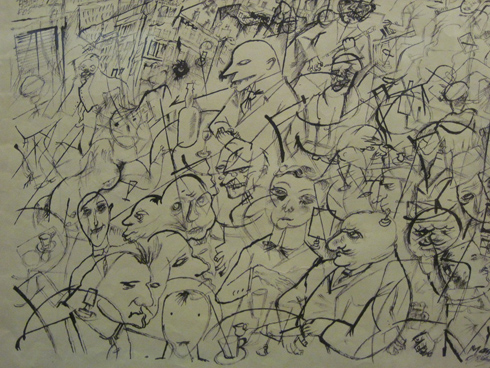 People in a Cafe, 1917 by George Grosz. [Image Source]
People in a Cafe, 1917 by George Grosz. [Image Source]
 Dreamland Tower, Coney Island 1912 by David Milne (1882-1953). [Image Source]
Dreamland Tower, Coney Island 1912 by David Milne (1882-1953). [Image Source]
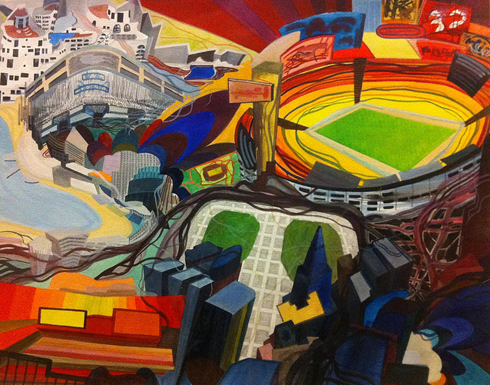 Untitled (Pacific No. 32, weekend), 1998 by Franz Ackermann. [Image Source]
Untitled (Pacific No. 32, weekend), 1998 by Franz Ackermann. [Image Source]
 Untitled (City Abstraction) 1912 by Abraham Walkowitz. [Image Source]
Untitled (City Abstraction) 1912 by Abraham Walkowitz. [Image Source]
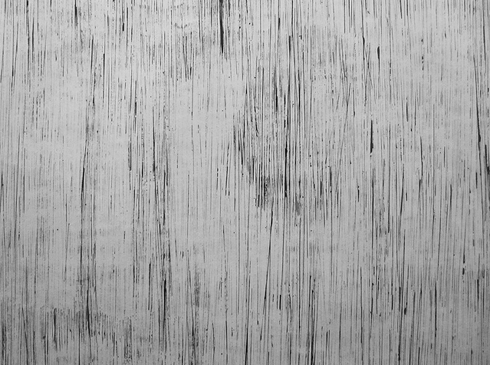 Vertical Lines 1953 by Kazuro Nakamura. [Image Source]
Vertical Lines 1953 by Kazuro Nakamura. [Image Source]
 Untitled by Lawrence Weiner (born 1942) [Image Source]
Untitled by Lawrence Weiner (born 1942) [Image Source]
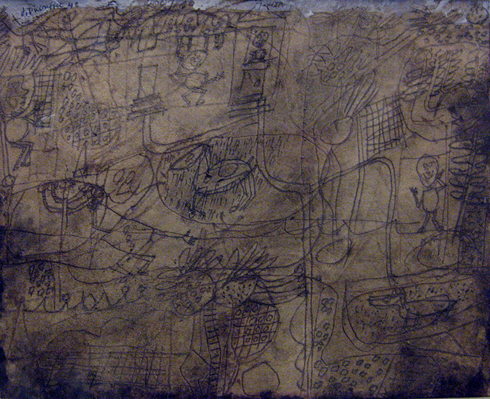 Grotesque Landscape in Yellow 1949 by Jean Dubaffet (1401-85) Pen and ink on yellow watercolour. [Image Source]
Grotesque Landscape in Yellow 1949 by Jean Dubaffet (1401-85) Pen and ink on yellow watercolour. [Image Source]
Update 4th May: I've only included work that is relevant to my project on representing the atmosphere of the city. In my journey towards representing the violence between the fantasy and the real within Mumbai, I've noticed a trend towards abstraction especially with the increasing use of shadows and reflections within the installation. These drawings capture this urban feeling in their own individual expressionist ways.
Museum Visit
A trip to London ended up at the British museum. Most of the work I found inspiring were from the Africa rooms:
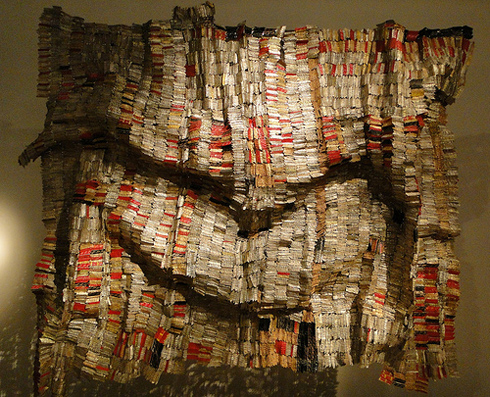
Man's Cloth. Recycled metal foil bottle-neck wrappers, copper wire. By El Anatsui, Ghana, 1998-2001. Image 1 Source. Detail photograph taken at the British Museum April 2011.
Throne of weapons, by Kester, Maputo, Mozambique, 2001. Made of decommissioned weapons from the Mozambican civil war in 1992. Exhibited at Room 25 Africa at the British Museum (April 2011).
Tree of Life Made by Kester, Hilario Nhatugueja, Fiel dos Santos and Adelino Serafim Maté. Maputo, Mozambique, 2004. Photo © 2005 Christian Aid / David Rose.
Part of the sculpture Tree of Life Made by Kester, Hilario Nhatugueja, Fiel dos Santos and Adelino Serafim Maté. Maputo, Mozambique, 2004. Photo by Aditi Kulkarni at the British Museum Room 25: Africa.
Otobo (Hippo) masquerade, made by Sokari Douglas Camp, 1995. Steel, paint, wood and palm stem brooms. British Museum April 2011. More details.
Glazed stoneware figure of a judgement group, Ming Dynasty, China, 16th century. Photo taken at British Museum, Asian Gallery.
Housepost, Iatmul people, Sepik River, Papua New guinea, 1900-1950.
Kanga display, Africa room, British Museum, April 2011.
Mumbai Memories
After noticing the autobiographical trend in my work, I looked at my past posts on Mumbai. I've kept a partially anonymous life blog since 2009 and this became an important resource for me to remember what images and events I felt were important enough to blog about. The oldest posts about Mumbai are from August 2009. I've inserted some photographs from the life blog below:




Update April 27th: The image below is a sketch of a concept inspired by one of my school memories of Mumbai. While travelling on the school bus, we stopped to drop off a student and I noticed a single chappal on the tar road. There was a small pool of bright blood beneath it, and a few bricks lying around it. I wondered what happened, and guessed that there had been an accident recently, and these were the leftovers. It had definitely happened recently, but no crowd of onlookers remained and the traffic on the road avoided the single slipper and bricks easily. The idea is to recreate this memory as I remember it, with the blood being bright and overshadowing the rest of the details within the picture.
26/11 Attack: Video footage
Documentary footage from the 26/11 attack on mumbai where 9 gunmen left more than 170 people dead over 3 days, and targetted the Taj Mahal hotel, Oberoi, Cafe Leopold (which I still frequent), CST and Cama Hospital. Created by Dan Reed, Terror in Mumbai uses CCTV footage and recorded conversations between the gunmen and their handlers in Pakistan to create a realistic picture of what happened that day.

(Image: BBC Source)
[vimeo http://www.vimeo.com/15290936]
[Video Source: Channel 4, HBO: Dan Reed]
This is an important aspect in creating the cityscape that shall represent the "here" rather than the elsewhere, the reality of what Mumbaikars have to face everyday.
Documentary: Changing face of Dharavi
Changing face of Dharavi, a documentary by journalism student Anisha Sharma. [youtube=http://www.youtube.com/watch?v=Tv8KC1bES50]
The Places We Live
The website is an interactive multimedia presentation of how people live in urban slums. Dharavi is represented with a combination of interactive space, photographs, stories, and sound. I saw this about one or two years ago, and now that I am finally in a position to spend time researching my city, I remember how much this spoke to me. It manages to articulate, to some extent, what it is like to live in the slums of Mumbai. Although I have never lived in a slum, the use of everyday street sound is haunting and familiar, nostalgic now that I am not living in Mumbai.
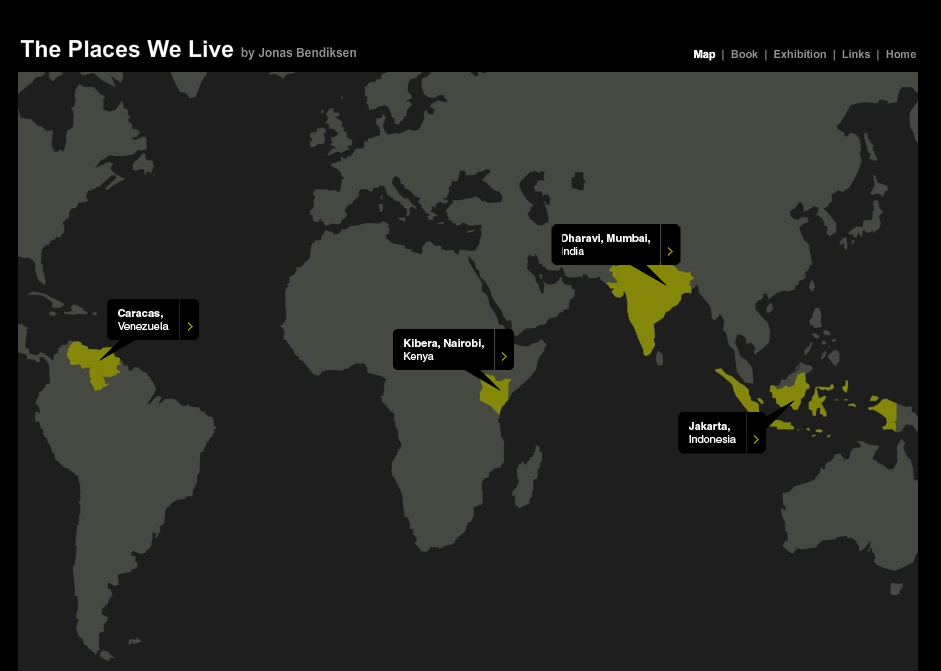
The exhibition and website are based on Jonas Bendikson's documentation of how people live in slums around the world The exhibition was first put up in 2008:





